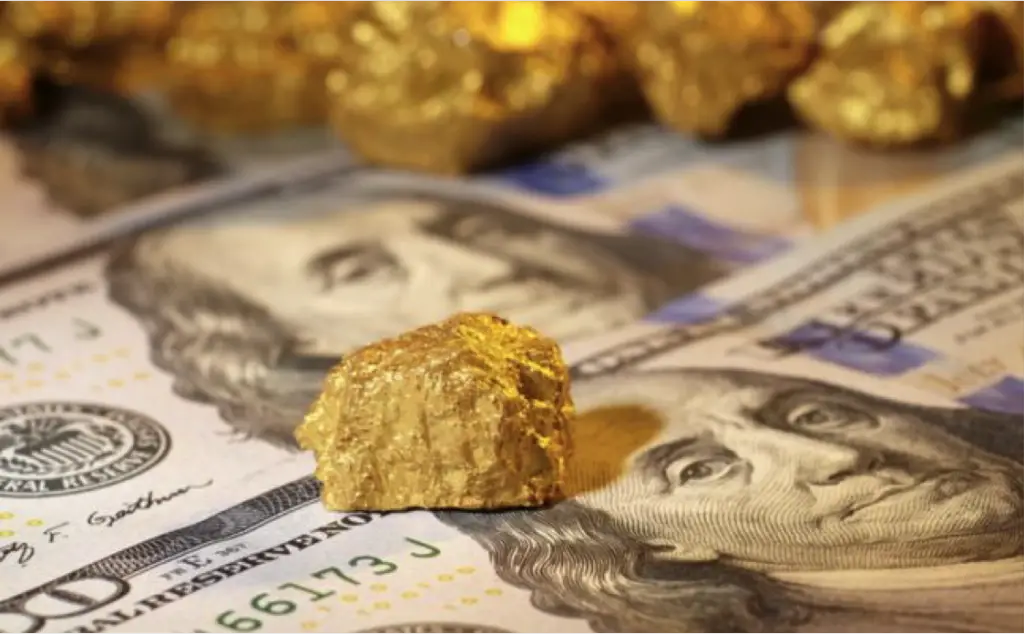 Precious metals such as gold, silver, palladium and platinum are, of course, much more difficult to find than others like tin, zinc, iron ore and aluminum. Throughout human history, their scarcity has made them more highly sought-after than base metals, while their ductile nature has made them suitable for uses as diverse as jewelry, dentistry and electronics.
Precious metals such as gold, silver, palladium and platinum are, of course, much more difficult to find than others like tin, zinc, iron ore and aluminum. Throughout human history, their scarcity has made them more highly sought-after than base metals, while their ductile nature has made them suitable for uses as diverse as jewelry, dentistry and electronics.
However, precious metals’ primary purpose has primarily been as a store of value and, for some people, a form of investment; investing in precious metals can help traders to hedge against global uncertainty and volatility and to diversify their portfolios. In fact, many choose to open positions through precious metals trading brokers.
So, what are the main factors that influence gold and silver prices? Here are three of the biggest:
Supply and demand relationship. Metal prices are primarily influenced by supply and demand and can sometimes be extremely volatile. The supply of precious metals is limited, while demand is generally constant, although it can often spike. For instance, industrial action by workers at a silver or gold mine owned by a major producer can trigger a short-term upward movement, as production of the commodity will be lower. Industrial demand can also affect supply and demand; for example, any announcement of a new use for silver or gold as an electronic component — such as in solar panels — can also increase demand for these precious metals and push their prices upwards.
Global macroeconomic trends. Gold and silver are often considered safe haven investments, because they keep their value and purchasing power better than other assets in times of volatility and economic uncertainty. During economic or political crises, prices of precious metals tend to go up. On the other hand, a strong and healthy global economy tends to decrease the prices of gold and silver; demand falls as investors seek out riskier and more profitable vehicles.
Inflation, monetary policy and the US dollar. Inflation affects the purchasing power of a given currency, which is why many investors buy precious metals such as gold; gold and silver protect capital against purchasing-power erosion caused by rising prices. Inflation figures play an important role in the monetary policy decisions of many countries, as most central banks regard price stability as their primary goal. Consequently, any changes in inflation figures can impact decisions by central banks, which will, in turn, influence the value of their currencies. Of course, the most important currency when it comes to precious metals is the US dollar because it is the world’s reserve currency.
Understanding the movements of precious metal prices is useful not only for manufacturers and end-users, but also for investors, as it’s a good way to measure the health of an economy and assess current market conditions.
Photo Credit: king world news

Precious metals ETFs or physical bars can be part of a diversified portfolio. But non-professional traders should stay away from futures contracts that track the price of such metals. They are very leveraged and volatile and can wipe you out very quickly.
The pricing theory espoused in this article is naive.
Prices of precious metals are rigged, worldwide.
https://coinweek.com/bullion-report/rigged-precious-metals-markets/
https://www.zerohedge.com/news/2016-04-14/first-silver-now-gold-deutsche-bank-admits-it-also-rigged-gold-prices-legal-settleme
But, since the rigging generally is intended to suppress the fiat price, it follows that when the suppression fails, the free-market price will be higher, so the precious metals are a good place to store wealth, actually enhanced by the fiat price rigging.
Quite true RD.
Governments, and their agents the bankers, have removed honest price discovery from the equation to prop up their fiat money and keep it from looking like the sorry crap it is.
100 years ago, you could walk into any bank and exchange a $20 paper note for a $20 gold coin weighing nearly an ounce. Today, it would take 65-70 of the paper 20’s to get that same gold coin.
That proves the paper bill does not meet one of the prime definitions of ‘money’….a store of value. And if one plans to save for their future, it should be in gold coin, not paper.
Andy, the only gold this poor boy can justify buying is gold wedding bands and crowns on my aged teeth but silver … there, I can go a bit beyond fillings in my teeth.
Gold Is Money, Everything Else Is Credit Said JP Morgan.
Until one comes to understand that, the bankers will continue to fool us with debt based pieces of paper/electronic digits.